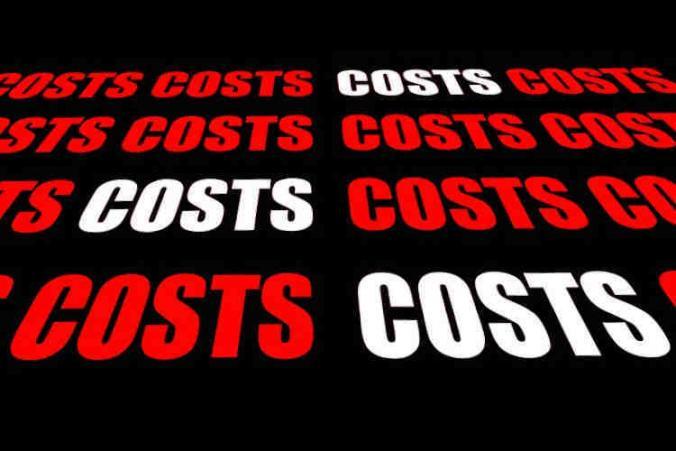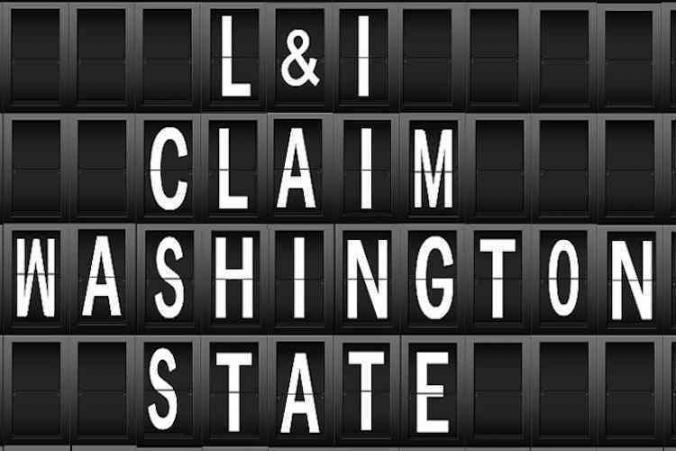The Department of Labor and Industries (L&I) administers your workers’ compensation claim in Washington State. They decide what benefits work injury claimants can get. During your L&I claim (or self-insured employer claim), the department issues many decisions. Eventually, whenever you receive one, you can appeal the L&I claim decision. Furthermore, any party that disagrees with L&I’s decision can appeal to the Board of Industrial Insurance Appeals (BIIA).
Cost of BIIA appeal and the burden of proof
The BIIA is its own state agency and it’s completely separate from L&I. The BIIA reviews L&I decisions and acts like a court to decide the case. In fact, the BIIA decides the case according to the law. Here, the appealing party carries the burden of proving that L&I’s decision is wrong. In most cases, meeting the burden of proof requires testimony from expert witnesses. Usually, expert witnesses charge fees for testifying in BIIA proceedings. We refer to these fees as “costs of appeal”. Many times, these costs are significant.
People with a work injury claim are often upset when they learn about the cost of appeals. This is understandable. After all, most people don’t have thousands of dollars to cover costs. As a result, people might look for alternatives. In some cases, the issue at hand is primarily medical. When that’s the case, clients regularly ask me: “Can’t we just submit the medical records instead?”. The short answer is almost always: “No”.
L&I claim appeal and BIIA hearing procedure
In BIIA hearings, expert witnesses such as doctors must appear in person and testify. The BIIA will not allow notes, letters, reports or other documents into evidence if the other party objects to them. Practically, these kinds of documents are considered “hearsay”. Any reasonable attorney would object to them. Therefore, expert witnesses must testify when the issues under appeal involve benefits like:
- Claim allowance,
- Causal relationship conditions
- Reopening claim
- Treatment authorization
- Time loss compensation
- Loss of earning power
- Total disability
My job as a workers’ compensation attorney
A big part of my job is helping work injury claimants decide for themselves whether the costs justify the benefits. However, in my experience, these decisions aren’t a simple cost-versus-benefit analysis. After suffering an injury at work, people have so much they have to consider. Deciding whether to proceed with an appeal is often one of the most difficult decisions they have to make.


